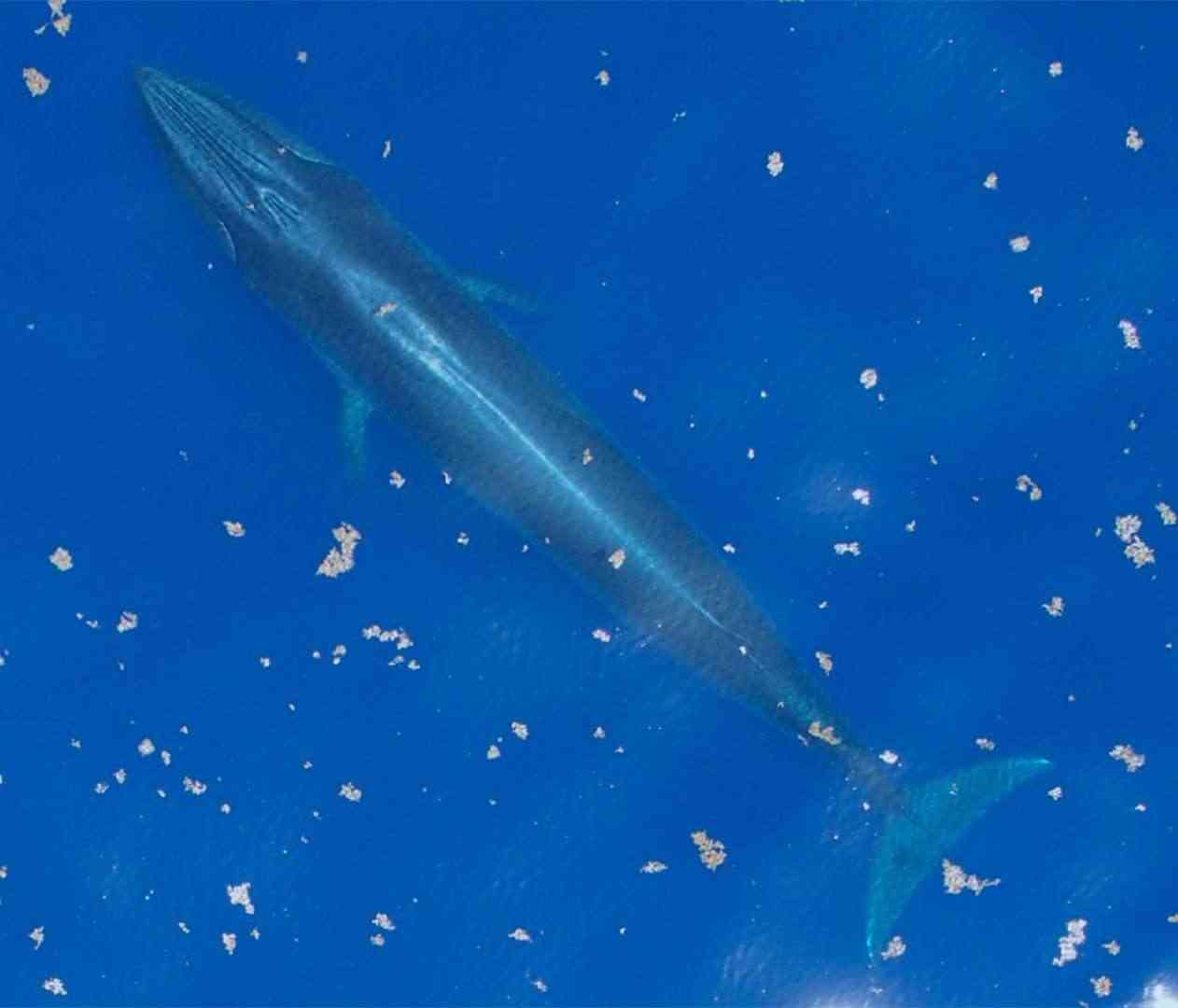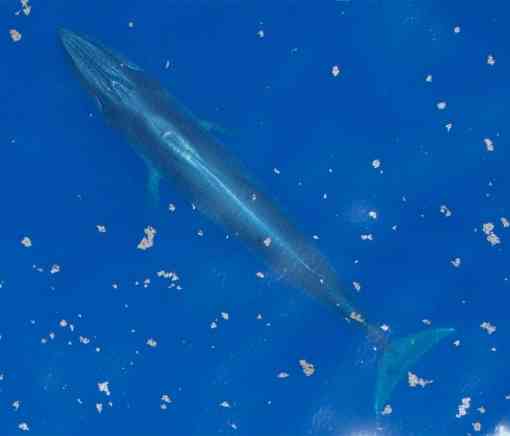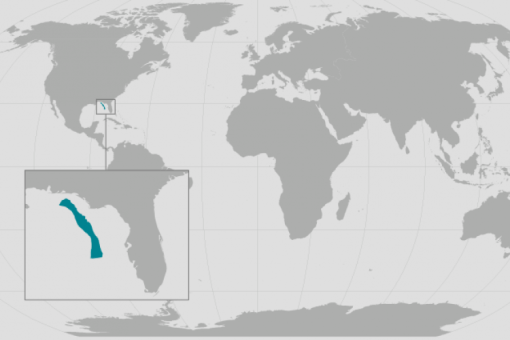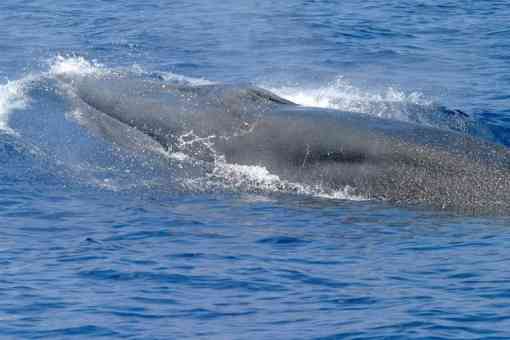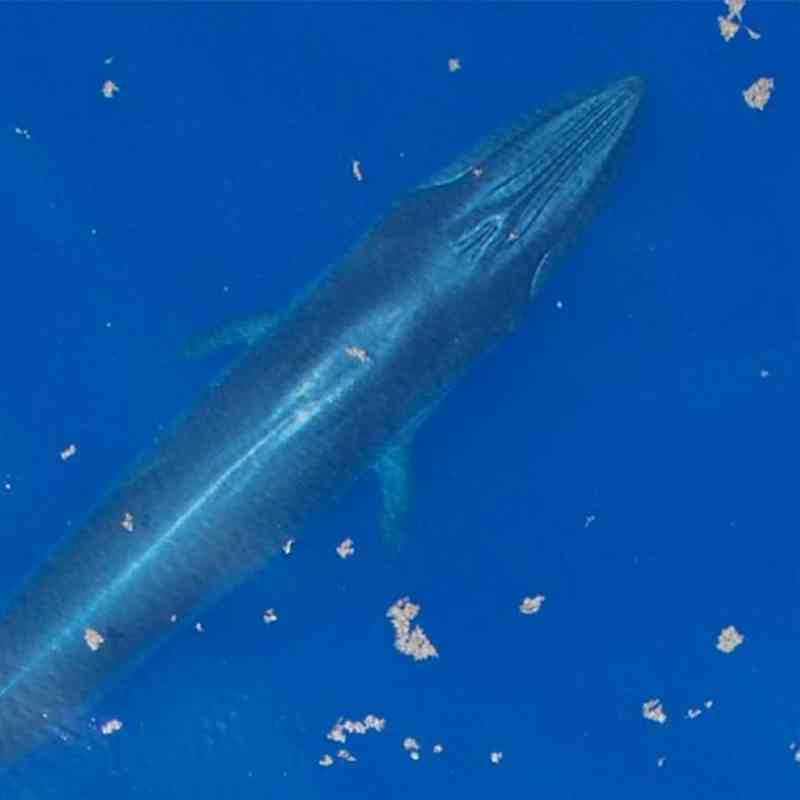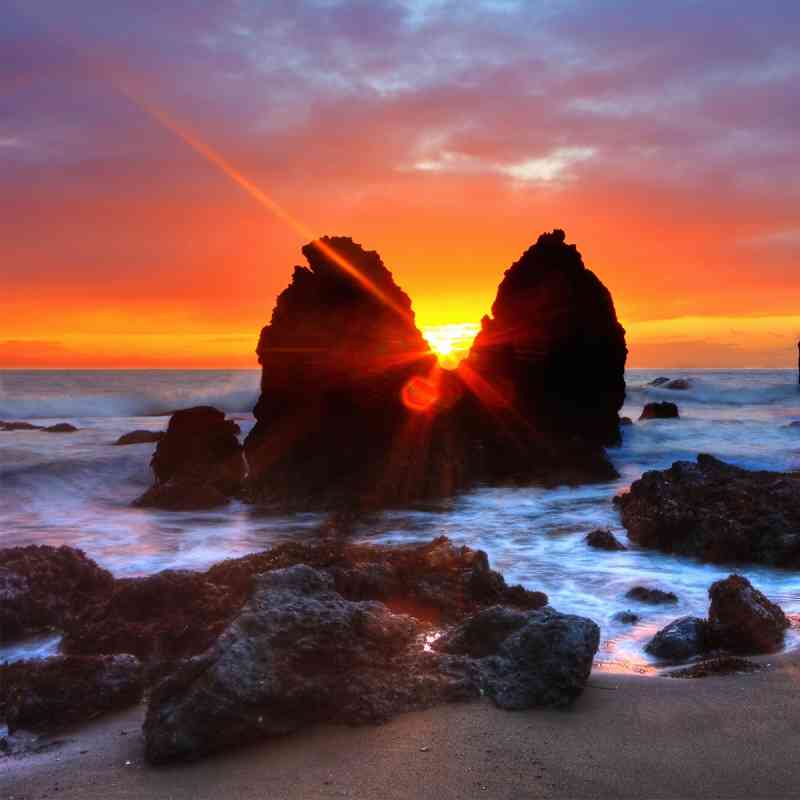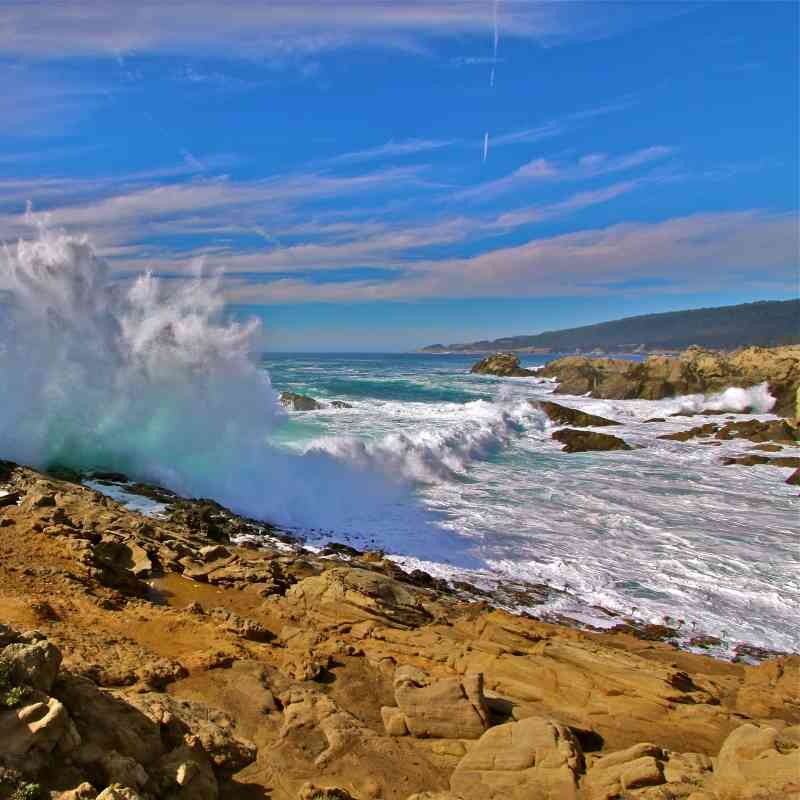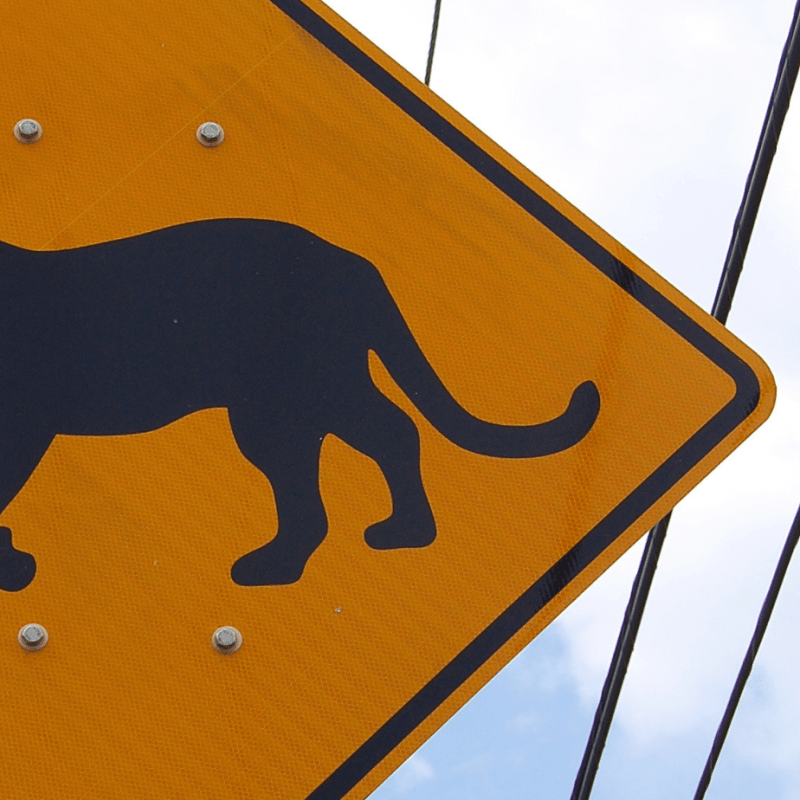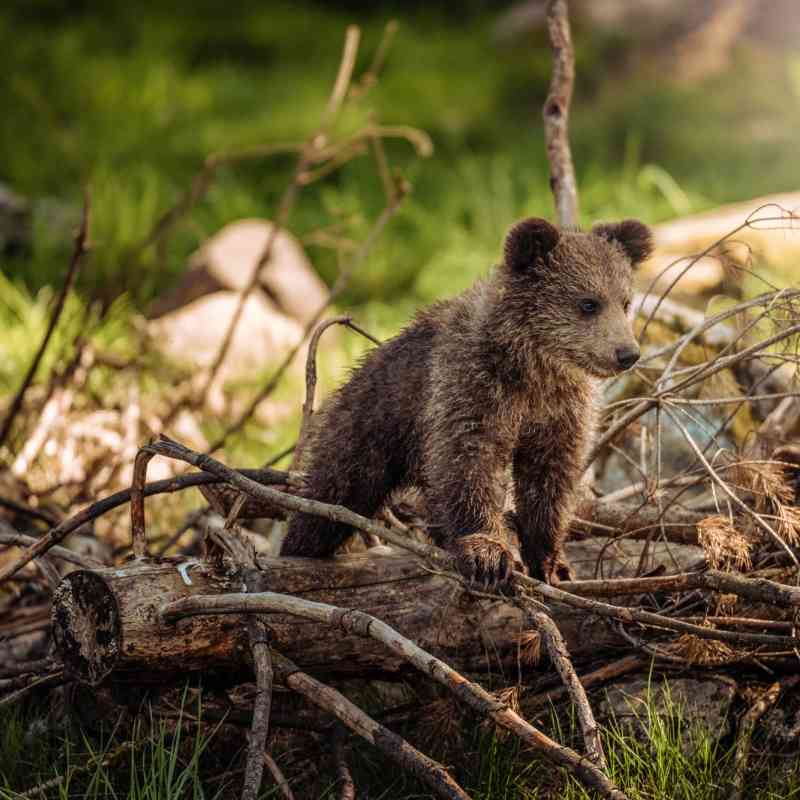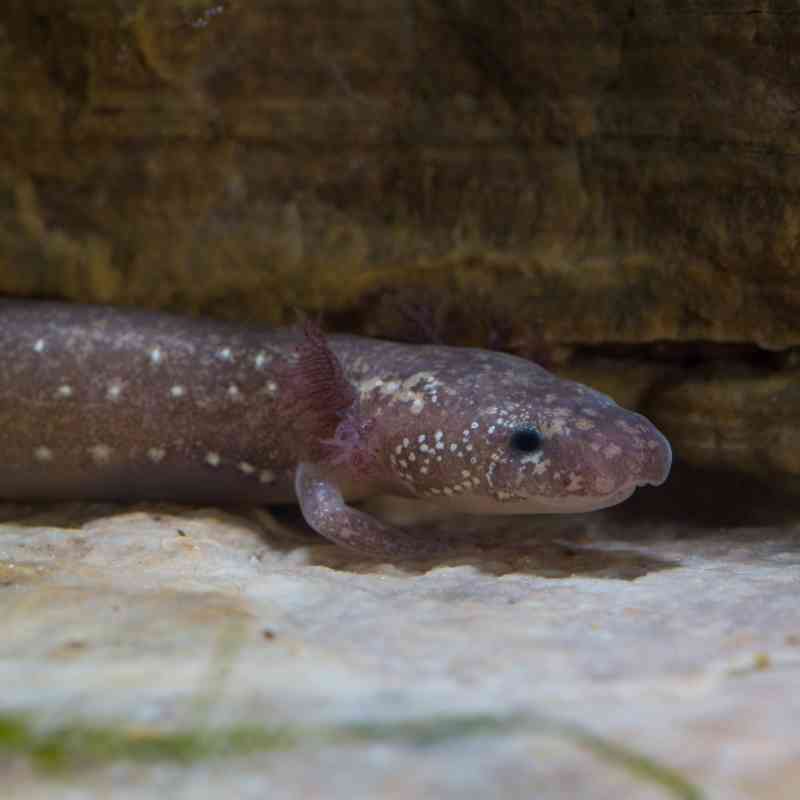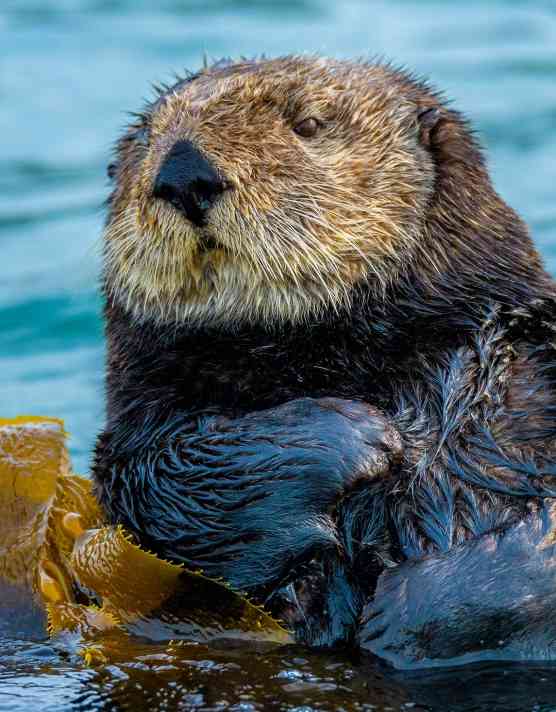It’s not every day that a new species of whale is discovered! But in January, researchers from the National Oceanic and Atmospheric Administration (NOAA) and Japan’s National Museum of Science and Nature released a paper sharing their discovery that the 40-foot animal formerly known as the Gulf of Mexico Bryde’s whale — believed since 1965 to be a subspecies of the Bryde’s (pronounced “broo-duhs”) whale — is in fact a separate and previously unnamed species. The researchers supported this discovery with genetic data and an analysis of the animal’s skull structure. The proposed name for this new species is the “Rice’s whale,” in honor of Dale W. Rice, the cetologist (whale scientist) who first recognized that these whales are present in the Gulf of Mexico. Since this new name is currently awaiting acceptance by the Society for Marine Mammalogy Committee on Taxonomy, this post uses the name “Gulf of Mexico whale.”
While there’s still a lot we don’t know about this new whale species, in honor of World Whale Day we’re sharing some facts about the Gulf of Mexico whale and some ways that we can help protect it.
1. The Gulf of Mexico whale is the only baleen whale living in the Gulf of Mexico full time.
While the Gulf of Mexico whale shares the gulf with other cetaceans (whales, dolphins and porpoises), including the bottlenose dolphin and sperm whale, it is the only baleen whale that makes the Gulf of Mexico its year-round home. This makes it unique among baleen whales, many of which are migratory. For example, the calving females of the North Atlantic right whale, another species that Defenders of Wildlife works tirelessly to protect, migrate all the way down to calving grounds in the South Atlantic, off the coasts of Georgia and Florida, from their summer feeding grounds in New England and Canadian waters.
2. In fact, it may only live in U.S. waters.
Current data, based on sightings from boats and airplanes, suggest that this whale’s core habitat is the northeastern Gulf of Mexico, in waters that range from 500 – 1,345 feet deep. Specifically, most Gulf of Mexico whale sightings have been documented over the De Soto Canyon, which is a large underwater canyon located about 60 miles offshore from Pensacola, Florida. However, they have been sighted near other Gulf States: Alabama, Louisiana and Mississippi. There is also evidence of these whales even further west: One was confirmed off the coast of central Texas in 2018, and sound recordings near the Flower Garden Banks National Marine Sanctuary, which is located 100 miles offshore from Galveston, Texas, indicate the presence of these whales there, too.
In modern times, these whales have only been confirmed conclusively in waters off of the United States — rendering them a species that is, as far as we know, currently unique to the United States.
Whaling logbooks do mention “finback” whales off the coast of Mexico, which may have been Gulf of Mexico whales. However, current occurrences of these whales in the southern Gulf have not been documented.
3. The diet of the Gulf of Mexico Whale is a bit of a mystery.
While toothed whales like the sperm whale and orca whale have teeth for feeding. Baleen whales instead have fringed plates of keratin (the material that makes up our hair and nails) — known as baleen.
Baleen whales typically feed on small prey, such as zooplankton, krill and anchovies, in one of three ways: skim feeding, bottom feeding and lunge feeding. Skim feeders, such as the North Atlantic right whale, eat by opening their mouths and swimming slowly through dense patches of prey. Bottom feeders, like grey whales, feed by turning on their sides on the seabed, sucking food and sediments into their mouths, and then using their baleen to filter out the sediments and food. The third type — lunge feeders like humpback and Bryde’s whales — build up speed under water with their mouth closed. As they approach dense patches of prey, they open their mouths, slow down and gulp in large amounts of water, expanding their throats. Lunge feeders then push water back out through their baleen to swallow their prey once the water is filtered out.
Bryde’s whales — what the Gulf of Mexico whale was previously believed to be — are lunge feeders. However, they feed at the surface. The Gulf of Mexico whale, on the other hand, has never been observed surface feeding. One study conducted by tagging a Gulf of Mexico whale found that while the whale remained within 50 feet of the surface for most of the night (88%), it dove repeatedly throughout the day to depths deeper than 650 feet, reaching the seafloor. In this study, the tagged whale was observed making “lunges” near the seafloor; behavior associated with feeding. This type of feeding is unusual for this type of whale, and interestingly, scientists have not yet identified exactly what the Gulf of Mexico whale eats. Some suspected “menu items” include lanternfish and hatchetfish.
4. Threats to this critically endangered whale include vessel strikes, oil spills and more.
The Gulf of Mexico whale faces several threats to its survival, including watercraft strikes, oil spills, plastic pollution, seismic surveys, oil exploration and development, fishing gear entanglement, and habitat degradation.
These whales spend most of their time within 50 feet of the water’s surface, putting them at risk for strikes from commercial shipping vessels — which are heavily present in the gulf. A lactating mother Gulf of Mexico whale found in Tampa Bay died due to blunt force trauma from a ship strike.
Oil exploration, development and spills pose an acute threat to the species. The 2010 Deepwater Horizon oil spill disaster killed an estimated 22% of the species, as half of the spill footprint overlapped with the whale’s habitat . Beyond acute disasters such as Deepwater Horizon, however, chronic and frequent spills from oil drilling in the gulf harm these whales and other marine wildlife. Additionally, plastics, a byproduct of the oil and gas industry, are also dangerous to the Gulf of Mexico whale—a whale found stranded near Everglades National Park in 2019 died from a piece of plastic blocking its digestive tract.
5. It is one of the most endangered whale species in the world.
The Gulf of Mexico whale is endangered, with fewer than 100 individuals remaining, and a “best estimate” population of 50 animals. Swift and decisive action is urgently needed to save this species from extinction.
Defenders of Wildlife works to protect marine species through outreach and policy advocacy, and we are working to address threats to the Gulf of Mexico whale and its habitat. We advocate for vessel speed limits where marine mammals like whales and manatees are at risk of vessel strikes. As we learn more about this species, like its habitat and diet, we will better be able to protect it from extinction.
You can help, too, by adopting the “reduce, reuse, recycle” principle to help keep plastic and other marine debris out of whales’ bodies. This means, first, avoid plastic products, especially single-use products like plastic bags, whenever feasible. What you cannot avoid, reuse, many plastic products, such as takeout containers, can be cleaned and used more than once. Finally, recycle. Just know that recycling is not a silver bullet to the plastics crisis, as only 9 percent of plastic products actually get recycled each year. Every action matters, though, so check the rules in your area and please recycle accordingly.
To all who are reading, especially leaders and friends in Alabama, Florida, Louisiana, Mississippi and Texas: The fate of one of the most endangered whales in the world is in the balance. This World Whale Day, please join us in resolving to protect this unique and imperiled species.
Your support ensures our expert team of scientists, lawyers, advocates and activists have the resources needed to demand action and protection for wildlife across the nation.
Donate Today!
Author
comments
Wildlife & Wild Places

